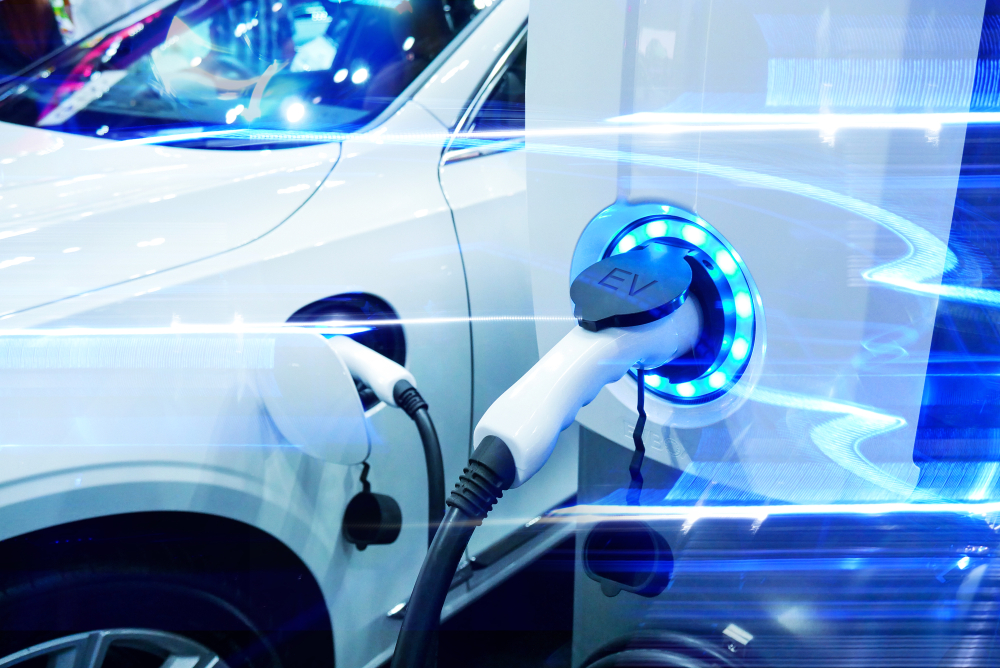EPC at APEC 2020

Company to demonstrate GaN technology across computing, communications, and emobility
The EPC team will be delivering eleven technical presentations on GaN technology and applications at APEC 2020 in New Orleans from March 15th through the 19th. In addition, the company will demonstrate its latest eGaN FETs and ICs in a large variety of customer end products.
EPC will be launching the ePower Stage IC family that integrates all functions in a single GaN-on-Si integrated circuit. EPC will show how ePower Stage and discrete GaN devices increase the efficiency, shrink the size, and reduce system cost for 48 V power conversion with demonstrations for ultra-thin, high powered (up to 250 W) laptop computing, high density server and Artificial Intelligence (AI) systems, as well as automotive systems.
Lidar/Time of Flight
Multiple lidar applications will show how GaN technology supports both short and long range lidar sensors. For long-range direct time of flight (DToF) systems, a demonstration providing currents greater than 100 A in under 2.5 nanoseconds will be shown.
For short-range indirect time of flight (IToF) systems, a demonstration providing an 8 A pulse with pulse widths less than 1.2 nanoseconds will be on display, as well as multiple end-customer systems in production today. These systems are being deployed today for applications as varied as autonomous vehicles, warehouse automation, drones, to gaming and vacuum cleaners.
Motor Drive
The new monolithic GaN IC power stage will be shown powering the motor of an e-scooter. The ePower Stage device is employed in a 3-phase sinusoidal excitation, 10 ARMS per phase motor drive for an efficient, quiet, high performance, and low cost solution to emobility.
Wireless Power
The emergence of LTE/5G systems will enable IoT to grow rapidly, pushing a multitude of new connections and sensors into the ecosystem. For these devices to scale with 5G, they will need dependable, safe, wireless power. EPC will demonstrate highly efficient wireless power solutions for 5G that are capable of transmitting up to 65 W through both e-glass and walls.


































